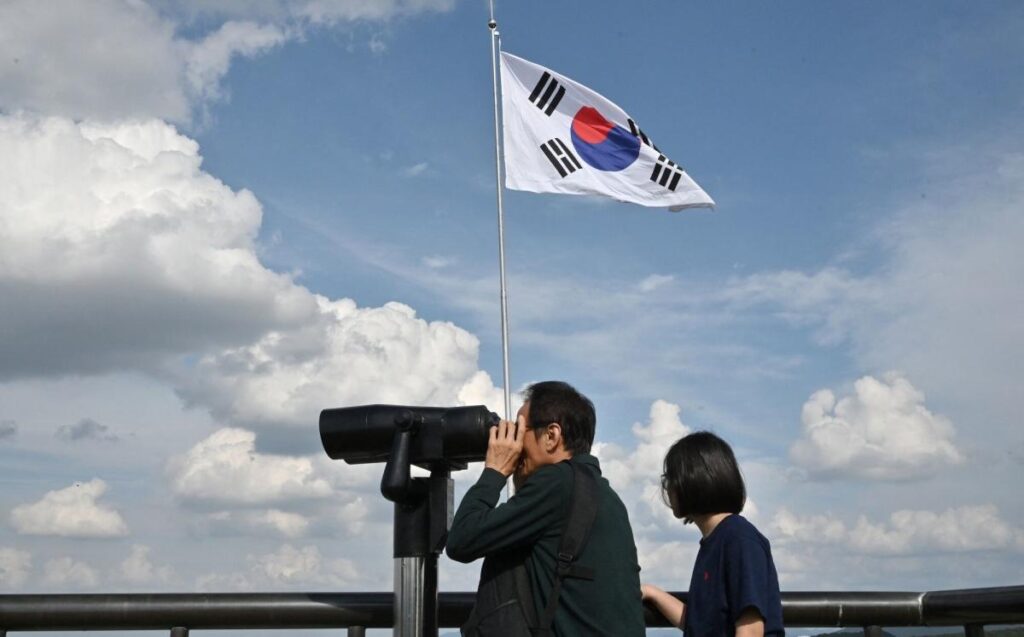North Korea has recently intensified its provocative actions by blowing up sections of roads within its territory, which were previously part of inter-Korean links. This act of defiance comes in response to North Korea’s allegations that South Korean drones have intruded into Pyongyang’s airspace. The detonations occurred at noon on Tuesday, confirmed by South Korea’s Joint Chiefs of Staff (JCS), which also reported that South Korean military forces fired warning shots. Fortunately, there were no immediate adverse effects reported in South Korea as a result of the explosions, but the actions have drawn significant condemnation from Seoul.
The destruction of these roads is particularly noteworthy since they were built as part of cooperative efforts between North and South Korea, with South Korea supplying the necessary materials and equipment. Analysts suggest that while these incidents mark a notable escalation in tensions on the Korean Peninsula, they do not indicate an imminent military confrontation. Historically, North Korea has used acts of provocation in the lead-up to significant political events, such as U.S. elections, indicating that this may be part of a broader strategic pattern rather than a direct threat to South Korea.
Experts interpret the explosions as a symbolic gesture by Pyongyang, aimed at reasserting that it now views South Korea as an adversarial state. Park Won Gon, a professor specializing in international relations, suggests that this act isn’t a direct provocation and is unlikely to elicit an aggressive response from Seoul. In a precautionary move following the explosions, South Korea’s Gyeonggi Province declared a risk zone for cities and areas adjacent to North Korea, placing a ban on the distribution of anti-Pyongyang leaflets across the border, which the Kim regime perceives as a threat to its sovereignty.
Significantly, North Korea’s Kim Jong Un has made it clear that he aims to sever ties with South Korea and has dismissed any notions of peaceful unification. During a recent meeting focused on defense, Kim discussed military strategies in relation to the purported drone flights, intensifying hostility between the two nations. North Korea has vocally responded to these drone allegations by commanding artillery units along the border to remain prepared for potential military action, although South Korea has not confirmed whether any of its drones were indeed operating in the area.
Kim Jong Un’s government has expressed intentions to “completely separate” its territory from the South, attributing rising tensions to joint military exercises conducted by South Korea and the United States. The demolition of the roads is reminiscent of previous actions, such as the destruction of an inter-Korean liaison office in 2020, which aimed to capture global attention with minimal risk of sparking immediate conflict. This latest incident aligns with Kim’s recent declarations of his legal right to take severe actions against South Korea.
There are various geopolitical tensions brewing in the background, including concerns that North Korea may conduct nuclear tests as a means of elevating its status ahead of the U.S. presidential elections. South Korean authorities have warned of North Korea’s potential plans to launch a space vehicle following a previous failed attempt and have highlighted the risk of conflict along the western border islands, particularly around the Northern Limit Line. This area has a tumultuous history of confrontations, underscoring the fragile state of inter-Korean relations. The release of photographs showing an enrichment facility for atomic bomb production further complicates the already tense dynamics in the region, as Kim oversees advancements with implications for regional and global security.

